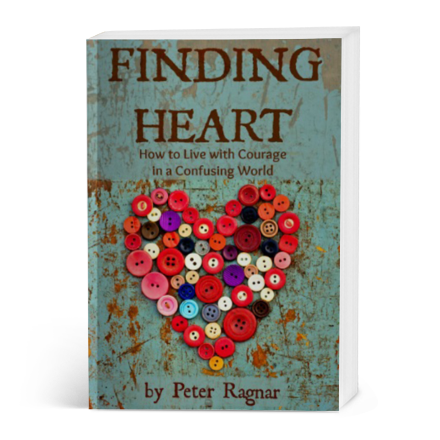Hello Dear Friends!
I am excited to be taking the next step in my journey.
More than forty years ago I placed myself enthusiastically into the spotlight. For decades I expressed my thoughts, feelings, and knowledge through countless books, seminars, and courses. I experienced the joy of living my passion with every cell of my body.
The years passed quickly and I’m grateful for every moment. It’s a journey I wouldn’t trade for any other, but now it’s time for a change.


Katrina and I are ready to make some new moves. We’ve been getting lighter and lighter, shedding our belongings, lessening our environmental footprint and embracing simplicity. As each piece returns to the puzzle box, the game of life appears freer to us. There’s an exciting new adventure around the corner. Thank you for being part of our journey.
If you’d like to read my book, Finding Heart, it is still available on Amazon in the kindle version. All other books I’ve written are no longer being published.
Many of you have been on this journey with me since the beginning, Some are new to the story. Just know that all of you continue to make a lasting impression, You are all near and dear to my heart and I thank you for your kindness and friendship.
Sending you vibrant health and much love,

